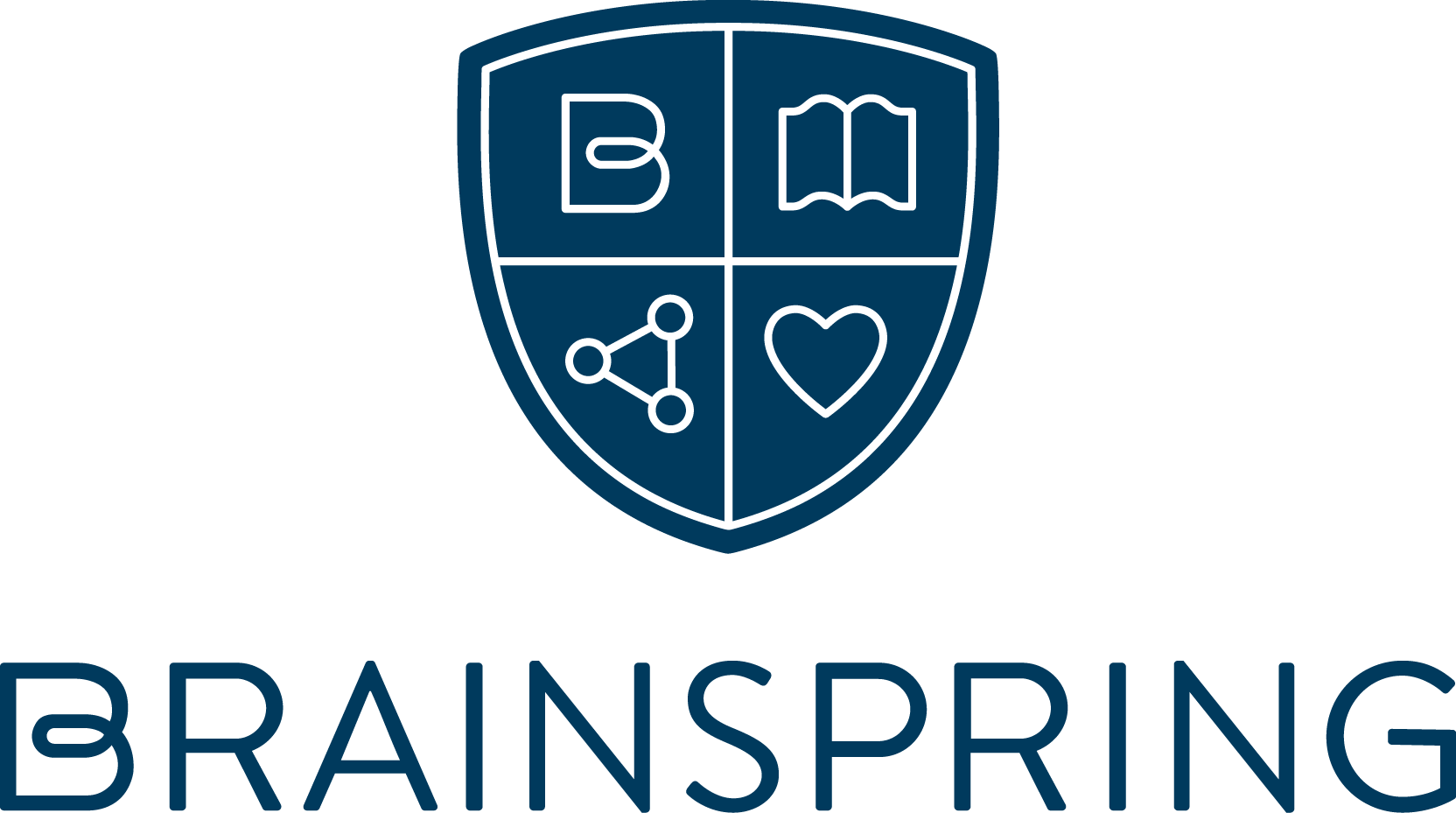Multisensory Monday: Story Sticks for Comprehension
Posted by Brainspring on 11th Oct 2020
The goal of reading is to understand what is being read. Aside from phonics and fluency, reading comprehension can be yet another challenging component of reading for our struggling readers. Whether material is being read to the student, read together with a partner, or read alone, this activity will help keep readers actively engaged while they read, and therefore strengthen those comprehension skills.
What are Story Sticks?
It is not hard to zone out while reading, especially during this distracting school year! Ever have a moment where you’ve read several pages, only to find out you have no recollection of what was read? This happens to people of all ages, however, we can help our struggling readers avoid these sorts of situations by incorporating multisensory activities that target reading comprehension.
Incorporating Story Sticks while reading is a way of increasing student focus, participation and engagement. To make the Story Sticks, write the 5 main “W” questions on popsicle sticks (who, what, where, when, and why. Adding in the outlier, how, is always beneficial as well.)
How to Use Story Sticks
Begin by choosing a story, chapter, or passage to read and have the Story Sticks readily available for the whole/small group. It is recommended for each student to have their own set of Story Sticks. Each time students come across a “W” question while reading, they will lift their Story Stick that pertains to the answer. For example, when meeting a new character, lift the “Who” stick. When the setting is mentioned, lift the “Where” or “When” stick. If there is a problem or a solution in the story, lift the “Why” stick, etc.
If reading with a partner, to get the most out of using the Story Sticks, it is beneficial to read the book/passage more than one time. For the initial read, one partner will read the assigned material and pause at a “W” question to discuss which stick to hold up and why. With the second read, the person being read to is to hold up the sticks as they listen. Partners can switch roles after a few pages or a chapter.
If reading alone, a color-coding strategy can be used alongside the Story Sticks. Try the activities mentioned above first, to explain the purpose of the Story Sticks. Then, assign a specific color to each “W” question (see colored popsicle sticks above). As students read independently, and come across a “W” question, they will highlight sentences or parts that answered the ‘W’ question (instead of holding up a Story Stick). For example, each time the “when” is answered in the story, the answer would be highlighted in pink (the “when” color).
- If the book cannot be highlighted in, try making a copy of the reading material that can be written on. You can also try using sticky notes, or page markers that are color coded to aid in marking the parts of the story.
Retelling With Story Sticks
Once everyone is familiar with the uses of the Story Sticks, they can then be used in another new way. The options are endless! Story Sticks, for example, can be used to retell the story. Readers will hold up the corresponding stick and explain what happened in the book that was read. For example, students can answer, “Who did What Where,” “When and Why did it happen,” and “How did the story end?” – holding up a Story Stick that correlates to each “W” question. Being able to retell the story in sequential order proves comprehension.
Story Sticks in the Classroom
Students can create their own Story Sticks, to be used as they follow along with the teacher, participate with a partner, or read independently. Story sticks can also be used as an assessment piece for instructors once practiced with several times.
Have fun and enjoy readers!
Written by Brittney Urban
Brittney is a Dyslexia Specialist and Brainspring Tutor
Brainspring has proudly supported the educational community for more than 25 years.
Our Educator Academy provides educators in grades K-12 with comprehensive MSL Professional Development courses. Learn more about our in-person and online professional development.
The Learning Centers support students through one-on-one, multisensory tutoring sessions. Learn more about our in-person (available in Southeast Michigan) and nationwide online tutoring.

